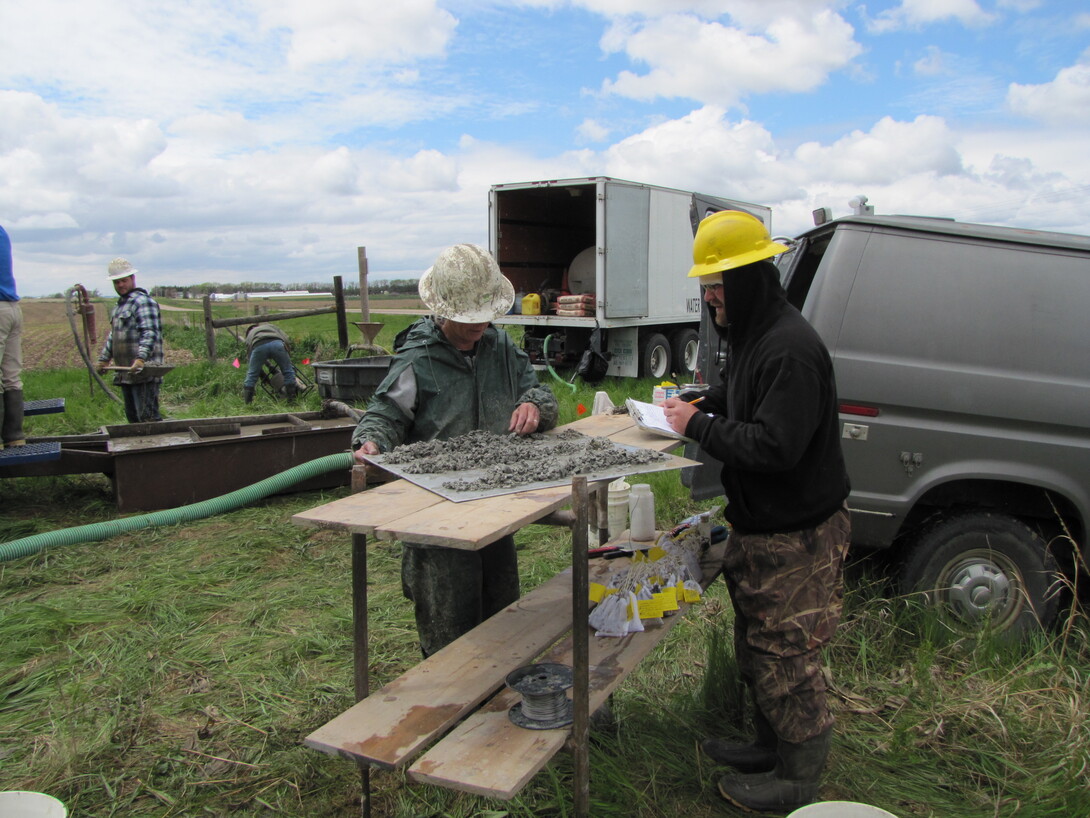
By Kristina Jackson | University Communication and Marketing
Years of testing go into turning on a tap and getting a clear glass of water, and teams from the University of Nebraska–Lincoln help make it happen.
Sue Lackey, a research hydrogeologist with the School of Natural Resources’ Conservation and Survey Division, collaborates with communities in northeast Nebraska to ensure residents have safe water. Lackey has worked in the division since 1991, and the work of her and her colleagues on projects like the Cedar-Knox Rural Water Project is critical to the process.
“You have someone who is truly dedicated to the people and the resource and has the expertise to understand the connection between the two,” said Annette Sudbeck, general manager of the Lewis and Clark Natural Resources District. “People have to have the resource to survive and to have an area be productive and successful. People need resources, and resources are dependent on us to take good care of them, and Sue is definitely an advocate for both.”
Lackey’s work with the Lewis and Clark Natural Resources District on the Cedar-Knox Rural Water Project has been underway for nearly a decade, evaluating a system that serves between 7,500 and 10,000 people around Crofton, Obert, St. Helena and Fordyce. Residents of the area were getting water from Lewis and Clark Lake, but time was running out for that as a source.
“Silt was encroaching from upstream onto the intake, so that threatened their whole source of water,” Lackey said.
Following flooding after the failure of the Spencer Dam in 2019, the problem began to accelerate, and so did the need for the division’s work.
“We’re looking for the thickest, coarsest sediments below the water table,” Lackey said. “Sand and gravels are really great; they can produce a lot of water.”
Read the complete article and see more pictures at https://news.unl.edu/article/lackey-conservation-and-survey-division-dig-into-nebraskas-groundwater-quality